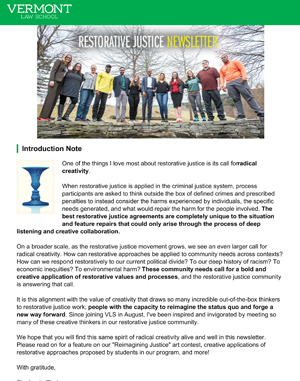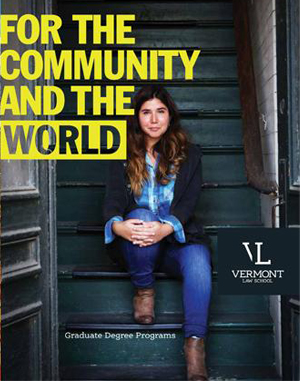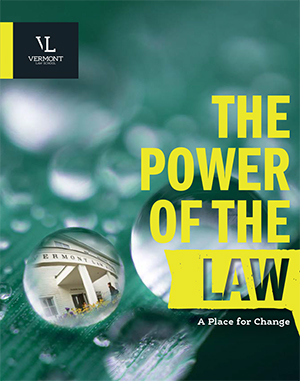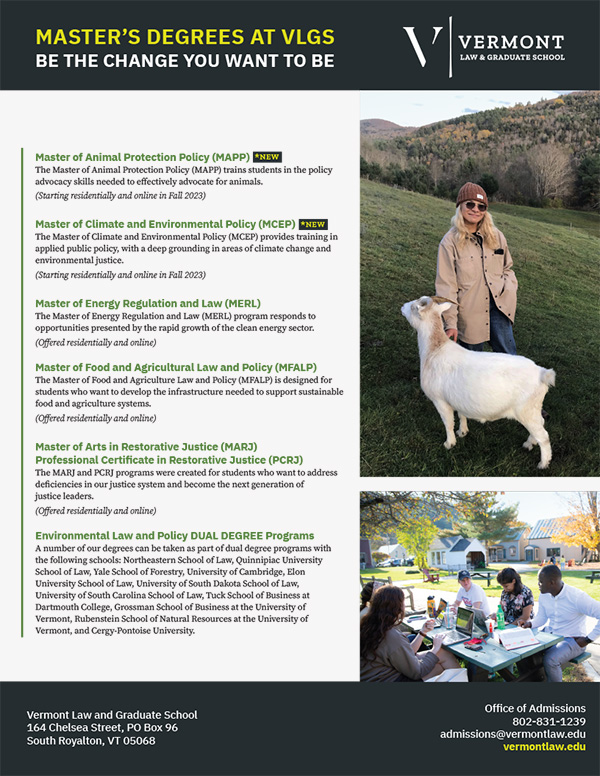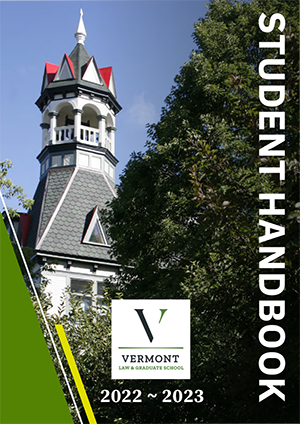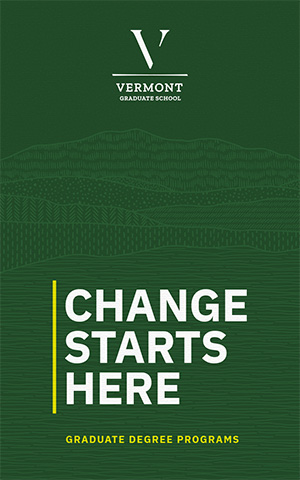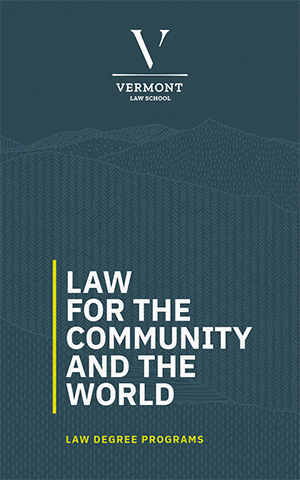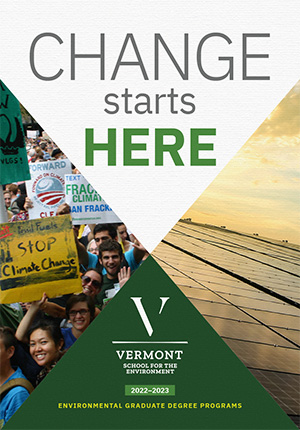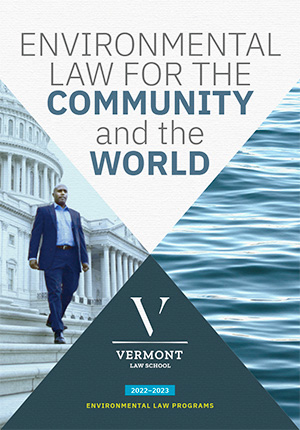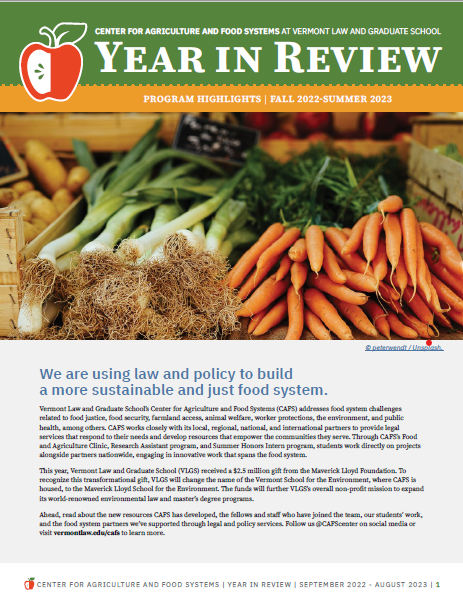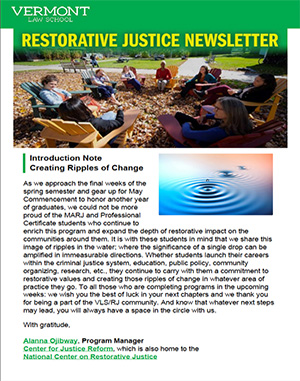If all politics are local, but greenhouse gases find their way into the atmosphere's international space, how can the global community act collectively on climate change? In 1992, the solution was to adopt an international treaty. The United Nations Framework Convention on Climate Change (UNFCCC) declared climate change a "common concern of mankind," and committed 166 countries to tackling it. Most UNFCCC parties were developing countries, who had contributed relatively few emissions given their pre-industrial poverty but were nonetheless already experiencing the irreversible, negative effects of climate change. Under the convention's principle of "common but differentiated responsibilities and respective capacities" (CBDRRC), developed countries and top greenhouse gas emitters like the European Union and the United States agreed to take the lead.
Yet, progress has been slow. In 2007, this leadership took the form of the UNFCCC's Kyoto Protocol, which placed clear greenhouse gas emission limits on developed countries while imposing none on developing countries. When the United States refused to ratify, its emissions, along with those of rapidly industrializing developing countries like China, India, and Brazil, escaped international regulation. Consequently, when negotiations for continuing the protocol beyond its first 2008-2012 period faltered at COP15 in Copenhagen, a new approach to international limits on greenhouse gas emissions began to take shape. It gained momentum at the two subsequent conferences of parties (COPs) held in Cancun and Durban. Now, almost six years on, there is emerging agreement that all parties—developed and developing countries—should make individual, international climate change mitigation pledges determined by each party's national government.
At COP21 in December, the current 196 UNFCCC parties will decide if they can sign on to this new paradigm of international climate change regulation. The Durban Mandate requires the parties to "develop a protocol, another legal instrument or an agreed outcome with legal force under the Convention applicable to all Parties" by the end of 2015. In Paris from Nov. 30 to Dec. 11, 2015, the parties will have their last opportunity to shape the international climate change law that will take the place of the Kyoto Protocol when it ends in 2020.
During four negotiation sessions this year, the parties drafted a "Paris Package" that consists of a core legal agreement based on a system of nationally determined contributions and several COP decisions addressing implementation and political issues. The current 31-page draft agreement outlines how parties' individual contributions will be internationally measured, reviewed, and verified. These pledges no longer focus solely on mitigation. Consistent with appeals from the developing world, the draft agreement pays almost equal attention to adaptation and finance actions. Likewise, it sets out conditions for transparent international reporting. Under it, parties take responsibility for determining whether their national efforts collectively keep global temperature rise below the Intergovernmental Panel on Climate Change (IPCC)'s recommended upper limit of 2 degrees Celsius.
This new system of national pledges that are internationally made and scrutinized for sufficiency had a trial run this year. By Oct. 1, 2015, 147 parties had submitted their Intended Nationally Determined Contributions (INDCs), covering approximately 86 percent of total global emissions. While each INDC derives from national priorities, overall they tend to include substantive contributions on mitigation, adaptation, and finance, as well as important process pledges on reporting and verification, technology transfer, and capacity building. Developed countries have pledged absolute mitigation targets and resources for vulnerable developing countries. Higher-income developing countries like Brazil, China, and Mexico have made concrete greenhouse gas mitigation pledges. Other developing countries have described their mitigation and adaptation efforts and goals, but made them conditional on receiving financial assistance. Transparency in this pledging process has been prioritized: INDCs are publicly available at the UNFCCC website and have been reviewed closely by the UNFCCC secretariat, non-governmental organization (NGOs), and the press.
That's the good news. The bad news is that, at least in the short term, these intended contributions do not add up to keeping atmospheric warming below the 2-degree Celsius goal. A Nov. 1, 2015, UNFCCC report concluded that while the INDC pledges—if fulfilled—would slow down the global rate of greenhouse gas emissions, they will not maintain the global temperature increase below 2 degrees Celsius. Likewise NGOs like Climate Action Tracker (CAT) and Climate Interactive reach the same conclusion. CAT calculates that achieving the unconditional INDC pledges would still likely lead to a 2.7-degree Celsius increase. Climate Interactive's math adds up to a predicted 3.5-degree Celsius increase.
So how could COP21's Paris Package address this shortfall and result in a new international agreement that leads parties to bend the global emissions curve to a 2-degree Celsius or lower pathway?
- First, it would use these INDCs as a starting point only and include provisions in the new agreement that require all parties to increase their contributions in regular, transparent cycles. In this way, COP21 serves as "a way station in this fight, not a terminus," as Bill McKibben recently wrote.
- Second, it would emphasize the need for all parties to adapt to changes already locked in by historical emissions, and recognize the permanent loss and damage experienced by the most vulnerable developing countries.
- Third, to achieve these first two, it would show agreement on the amount and kind of financing available for developing countries to achieve their pledges. COP15's promise of mobilizing $100 billion per year by 2020 for mitigation and adaptation activities is still on the table. A recent OECD report indicates that climate finance reached $62 billion in 2014. But many note that mobilizing private finance is not the same as pledging public funds, and call for developed country governments to do more.
- Fourth, it would include a COP decision that ramps up the INDC pledges before the new agreement takes effect in 2020. From now until then, non-state actors like cities, states, and provinces, as well as businesses and consumer groups, have focused their subnational powers on renewable energy and energy efficiency actions intended to narrow the emissions gap.
- Fifth, it would reflect a new understanding of CBDRRC. While this core principle no longer translates into developing countries getting a bye on greenhouse gas emissions limits, it also does not exempt developed countries from their historical responsibility for climate change and their capacity to provide finance and technology for low- or no-carbon development. The deep tension over how to fairly bring all parties into a common framework that recognizes different starting points permeates the draft text through heavily [bracketed] language.
The UNFCCC requires consensus to lift these brackets. The negotiations thus far have produced little of it. Instead, despite its fractured international politics, the G77+China has flexed its negotiation muscle through disciplined coordination of member countries that otherwise align with the diverse agendas of the Africa Group, Arab Group, and Like Minded Developing Countries (LMDCs). AOSIS, which represents low-lying countries whose very existence is threatened by sea level rise, works with the least developed countries group (LDCs) to press for strong adaptation and loss and damage provisions. The E.U. and U.S. are committed to market mechanisms for achieving mitigation reductions and private climate financing along with government contributions. Two negotiating groups, the Environmental Integrity Group (EIG) and AILAC, seek to find common ground. The EIG is the only group that includes both developed and developing countries. AILAC's members are middle-income Central and South American countries that are growing rapidly yet can still reorient toward low-carbon pathways. But these national negotiators can go only so far: While they are masters of the technical details and crafting precise legal language, it appears that the true power to compromise resides in their national capitals.
Leading up to COP21, heads of state met weekly with their environmental, foreign affairs, and finance ministers. In this way, local politics are actively engaged on the international problem of climate change. All parties preparing for Paris said they want to avoid a repeat of COP15—no "ghosts of Copenhagen" haunting COP21. The summit is a day-by-day proposition with some bumpy rides along the way. Follow the journey till its finish at vlscop.vermontlaw.edu.





